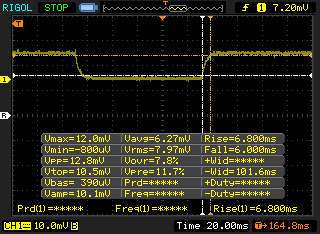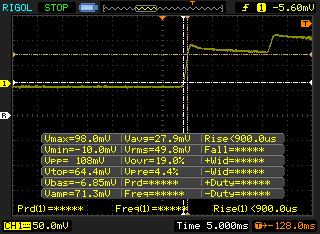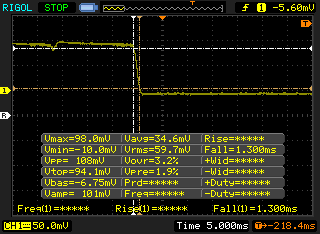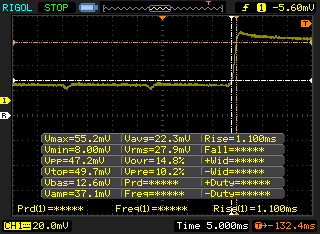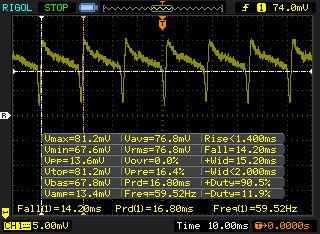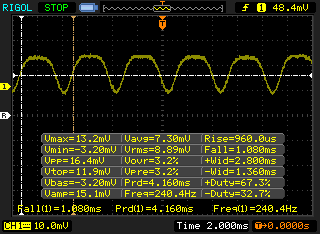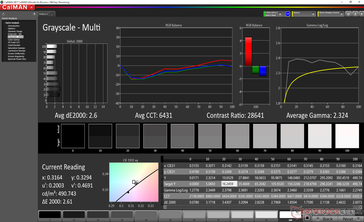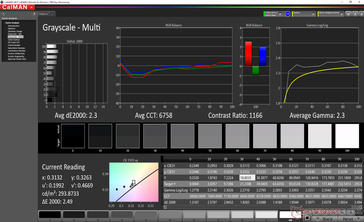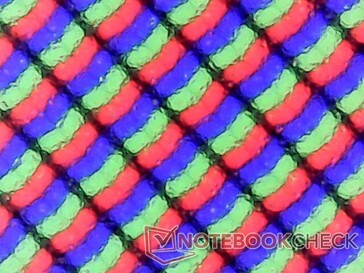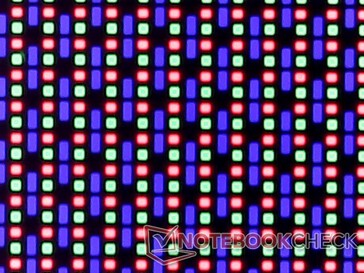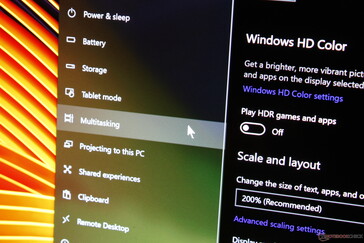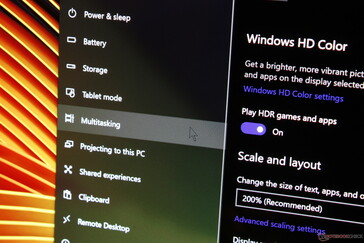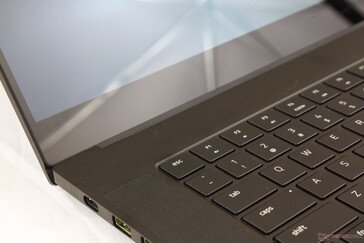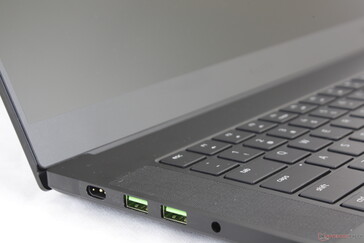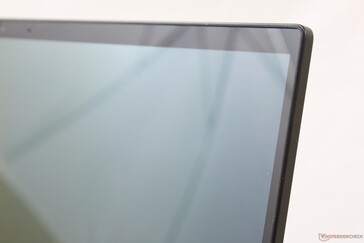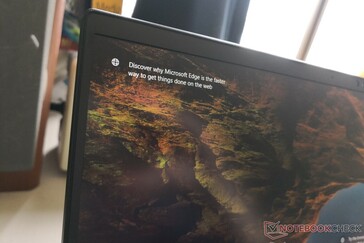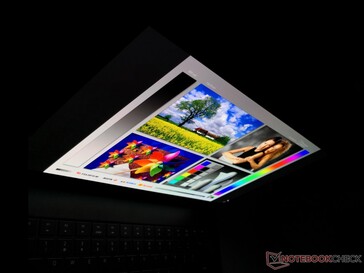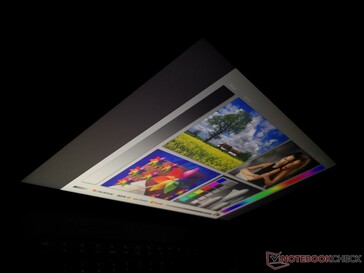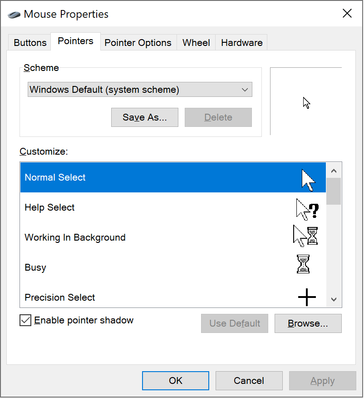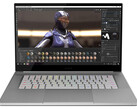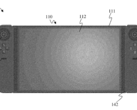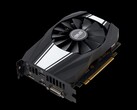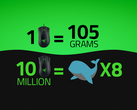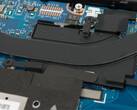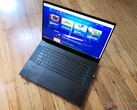While the Razer Blade 15 OLED SKU costs $300 more than the IPS SKU, the manufacturer doesn't make it very clear on the exact advantages—and disadvantages—that the OLED panel entails. We've put together a concise table below comparing the Blade 15 OLED to the Blade 15 IPS.
The main benefits of the OLED option include faster response times for less ghosting, higher 4K UHD native resolution, wider color gamut, glass touchscreen, and a significantly brighter display. Razer doesn't explicitly advertise the brightness of its Blade laptops which means most users will not know of this appreciable selling point of OLED.
There are a small handful of notable disadvantages when it comes to the Blade 15 OLED. Firstly, the slower refresh rate of 60 Hz compared to 240 Hz on the IPS option means gaming will not feel as smooth on OLED even if its response times are faster. The fact that the Blade 15 series offers no G-Sync means users will be more likely to run into screen tearing if gaming at 4K. Secondly, battery life will also be more variable as described in our battery life and power consumption comparison tests. Lastly, the crisp glossy overlay is a double-edged sword because it comes at the cost of increased glare.
The better panel option will be dependent on the use case. For video or movie playback, OLED would be preferable for its deeper colors and true blacks that can make a movie scene really pop. For gaming purposes, however, we'd much rather go with the 1080p 240 Hz IPS option as it feels far smoother during fast-paced games. It's important to remember that you don't have to reach a steady 240 FPS to exploit the advantages of a 240 Hz panel as 240 Hz can still reduce screen tearing at lesser frame rates more effectively than can a 60 Hz panel because of its many divisors.
| 2019 Razer Blade 15 OLED | 2019 Razer Blade 15 IPS | |
|---|---|---|
| Native Resolution | 3840 x 2160 | 1920 x 1080 |
| Refresh Rate | 60 Hz | 240 Hz |
| Response Time (black-to-white, white-to-black) | 0.9 ms, 1.3 ms | 6 ms, 4.4 ms |
| Response Time (50% gray to 80% gray, 80% gray to 50 % gray) | 1.1 ms, 1.3 ms | 6.8 ms, 6 ms |
| Maximum brightness | 473 nits | 293 nits |
| Black Level | 0 | .29 nits |
| Contrast Ratio | ∞ | 1010:1 |
| CCT | 6431 | 6758 |
| Color Space | 100% DCI-P3 | 99% sRGB 63% AdobeRGB |
| Glossy or Matte | Glossy edge-to-edge glass | Matte |
| Touchscreen | Yes | No |
| HDR | Yes (HDR400) | No |
| Pulse-width Modulation (PWM) | 240.4 Hz at 47 percent brightness and under 60.98 Hz at 48 percent and up | 23810 Hz at 10 percent brightness and under |
Pulse-width modulation can be detected on all brightness levels. Its behavior is different than on a typical IPS panel as shown by our oscilloscope measurements below. We're able to record a frequency of 240.4 Hz from 0 to 47 percent brightness before it abruptly changes to 240.4 Hz at 48 percent to 100 percent brightness.
Our sources say PWM serves multiple purposes unique to OLED panels in contrast to IPS panels. Called Low Persistence mode, it is intended to reduce motion blur and "image sticking" while controlling brightness. The potential impact of this approach on users sensitive to onscreen flickering is not yet well documented, but you'll probably be fine if IPS flickering never bothered you in the first place.
We're able to notice a small bug on the Blade 15 OLED. When enabling HDR through Windows, the normally white mouse cursor automatically becomes transparent with a black outline for seemingly no reason. This is particularly frustrating because the cursor can easily become "lost" as it blends into the background or window as shown by our comparison images below.
(July 16, 2019 update: Razer has informed us that the cursor bug is related to Windows and not the hardware itself. The issue can be fixed by going to the 'Mouse Properties' menu and then ticking the 'Enable pointer shadow' box as shown below.)
The OLED option is only offered with the RTX 2080 Max-Q GPU with no plans to introduce it to the RTX 2070 Max-Q or RTX 2060 Blade 15 SKUs as of this writing. We recommend checking out our existing review on the RTX 2080 Max-Q Blade 15 IPS configuration for our full take on the model. It's worth noting that the Blade 15 OLED utilizes the same Samsung SDCA029 display controller as found on the Alienware m15 OLED.






